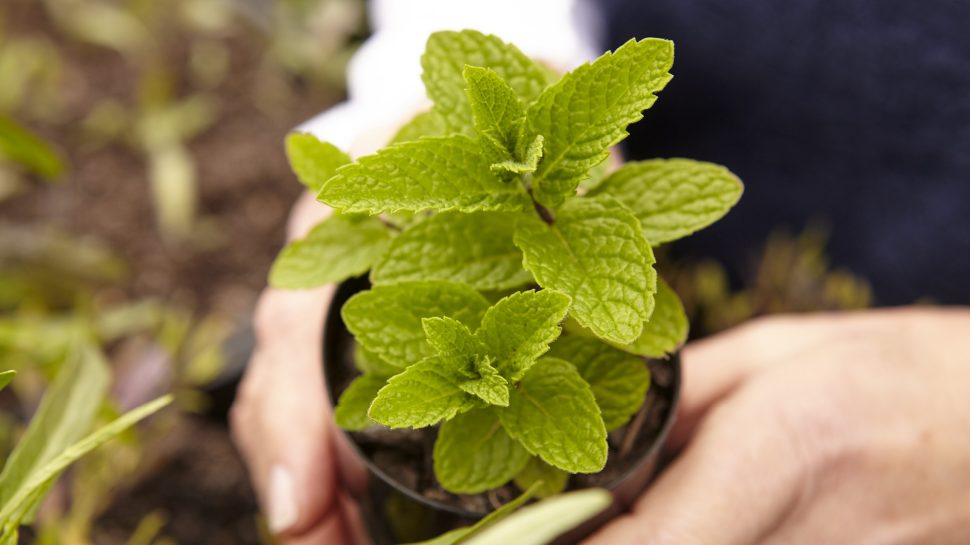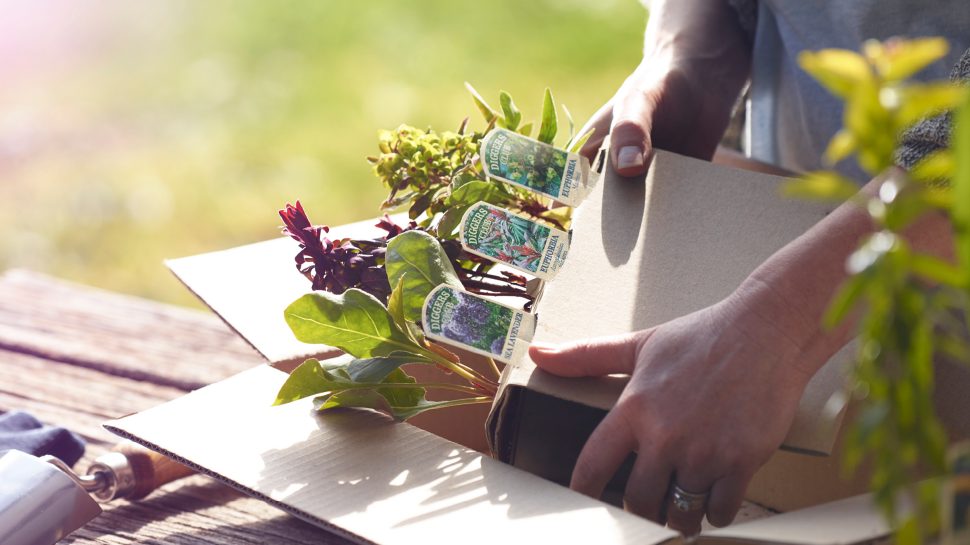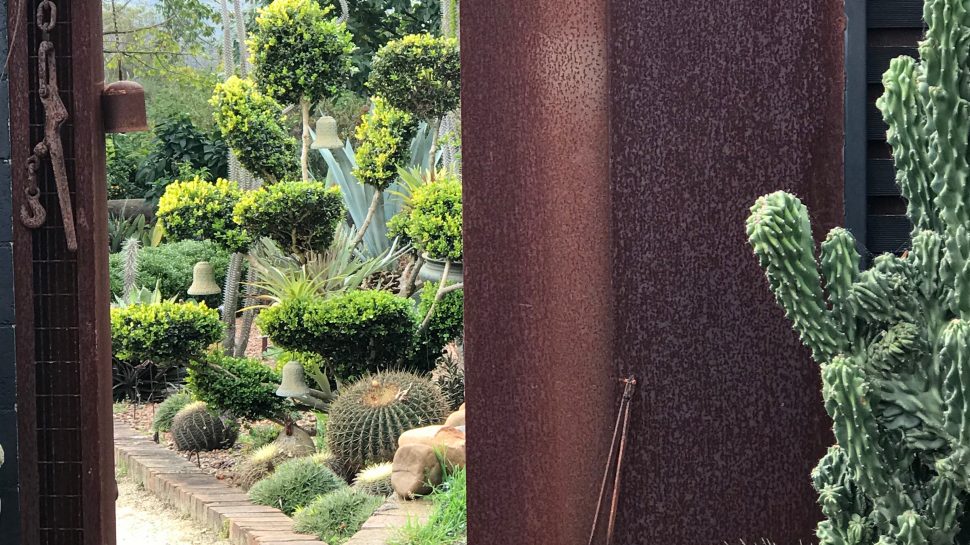Posting plants: which varieties to send by mail
Sending plants by mail is now common, with most nurseries and plant sellers posting plants around Australia. Here’s how businesses (or home plant enthusiasts) new to sending plants by mail can do it, looking at the best plants to send and how to package them to ensure they arrive in one piece.

Key points
- Succulents are the easiest plants to send via mail, requiring very little preparation.
- Always check quarantine restrictions before sending plants interstate.
- Most plants can be sent by mail, with size being the main limitation.
Which plants are the best to send by mail?
Once the exclusive preserve of collectors and specialists, sending plants in the mail is now accessible to almost anyone, as long as you spend a little time learning the craft. Whether you’re a gift shop, homewares retailer or florist who sells potted plants, tapping into mail order plants is a great way to add a new dimension to your business.
In the following we discuss the pros and cons of sending different plant types by mail, with tips on how best to package them up for safe delivery.
Succulents
There’s no doubt succulents are amongst the easiest plants to grow and are equally suitable for sending by post. Not only do they look great, but they’re also hardy, drought-resistant and can grow from the smallest cutting.
All this makes succulents ideal for posting as, unlike most plants, they can survive for days out of soil. In fact, most succulents benefit from a period of drying out before transplanting, so spending a few days in transit won’t hurt them in the least.
That said, a lot of succulents drop their fleshy ‘leaves’ fairly easily, so how you pack your cutting will very much depend on what variety you’re planning to send. Larger succulents – like the Aloes or Echeverias – are fairly stable, as long as you protect them in the box with adequate newspaper or bubble wrap. The smaller, more delicate succulents, such as the Sedum varieties – will need extra protection to prevent them arriving in pieces. In this case, place the cutting in a small plastic tube and tape the tube to the bottom of the box. Then, as above, surround the tube with newspaper or bubble wrap to prevent any further movement.

Herbs & veggies
Sending edible plants in the mail is a whole different kettle of fish, with some definite limitations on what will survive the journey. Lettuce seedlings, for example, would be almost impossible to pack without damaging the plants, and would struggle to last up to three days in the mail – far better to send seeds in this instance.
Other hardier veggies, like tomato seedlings or cucumbers, are a definite possibility, as long as they’re prepared well and packaged with care. For taller plants, such as a tomato seedling, place two or three bamboo stakes in the pot around the plant, to provide extra support and prevent breakage.
Give the potting mix a good water and surround the base of the plant with damp sphagnum moss and/or water crystals, then place tape over the potting mix to stop it falling out. Put the pot in a plastic bag and tape the pot to the bottom of the box. Once you’ve secured your plant, gently fill the area around it with shredded newspaper or bubble wrap and seal the box.
Herbs are generally a much easier proposition than veggies, with most being fairly hardy and indestructible. Thyme, rosemary or oregano, for example, will survive a few days in the mail without unduly suffering, as long as they’re packed securely, using the same method as above.
Other edibles, such as garlic, turmeric, ginger or the less well-known yacon, are tubers, so they require little preparation and are easily sent through the mail.
Tip: Send plants via Express Post to get plants to their destination faster.
Indoor & tropical plants
In general, indoor and tropical plants are fairly fragile things and you need to take a lot of care when packing to send in the mail. Most varieties will need to be sent in pots, as they like to keep their roots in soil, with the largest manageable pot size at around 140mm. For this reason, smaller plants or shoots from more mature plants are the ideal size for mailing.
Some hardier indoor plants can be sent bare rooted – Peace Lilies or Snake Plants, for example – with their roots wrapped in damp sphagnum moss, placed in a plastic bag and taped snugly to the bottom of the box. Always leave a bit of soil on the roots, as this provides vital microbial support for the plant while it’s making its way in the post.
Tropical plants are slightly more of a challenge, as they’re usually pretty large. Focus your efforts on smaller varieties or young plants you’ve propagated from their parents and send them in pots using the packaging method described above.
You may want to experiment with mailing tropicals bare rooted, using sphagnum moss and/or water crystals, but avoid doing so when the temperature is either too hot or too cold. In fact, this goes for most plants, except, of course, for our hardy friends, the succulents.
Tip: While there’s no problem mailing plants around your home state, always check the quarantine restrictions before sending plants interstate.
Sharing the joy
If, like many Australians, you’ve recently discovered the joy of growing things – whether it’s food, decoratives or indoor plants – there’s nothing quite like sharing that joy with friends and family. And, even if you’re separated by distance, it’s not that hard to send your precious babies in the mail.

The same goes for businesses wanting to take advantage of the boom in online plant sales. In fact, there has never been a better time to extend your offerings and, as a result, your customer base by sending plants in the mail.
There are lots of plants, other than the ones we’ve highlighted, that can be posted without fuss – tubers and rhizomes for instance, or cuttings of geraniums and pelargoniums, which thrive after a period of drying out. Small bare rooted fruit trees are also easy to mail, with the added bonus of being very light.
Above all, use your instinct. As you get to know your plants better, you’ll work out which ones can be posted, and those that will struggle to survive. And you’ll also develop a personal method for packaging that gets the best results and ensures your plants arrive healthy, happy and ready to get growing.
For more helpful tips on how to prepare and pack plants for shipping, read our guide on sending plants in the mail.
Smarter sending tools for your eCommerce business
Smarter sending tools for your eCommerce business
Thousands of eCommerce businesses rely on MyPost Business to save time and money when sending. Sign up for free and start sending smarter today.
Related articles

How a boutique nursery began sending plants by mail
How a boutique nursery began sending plants by mail

How to help mail order plants survive and thrive
How to help mail order plants survive and thrive

Sending plants by mail: the top 3 trends in gardening
Sending plants by mail: the top 3 trends in gardening
